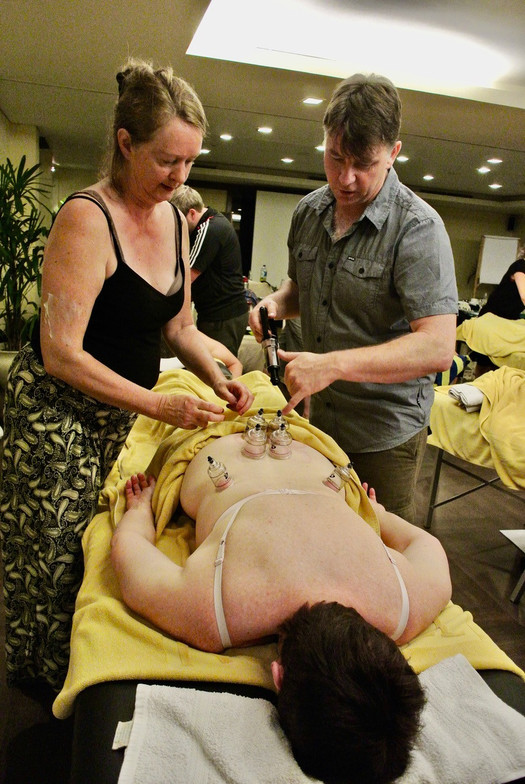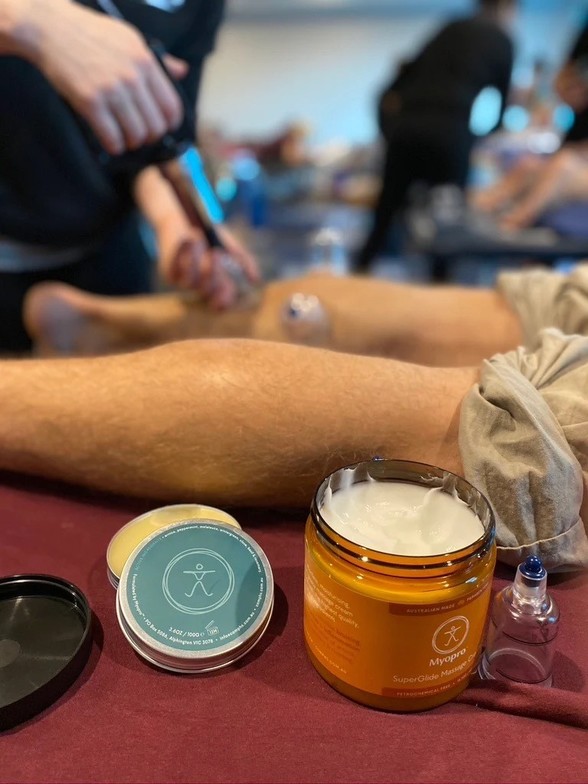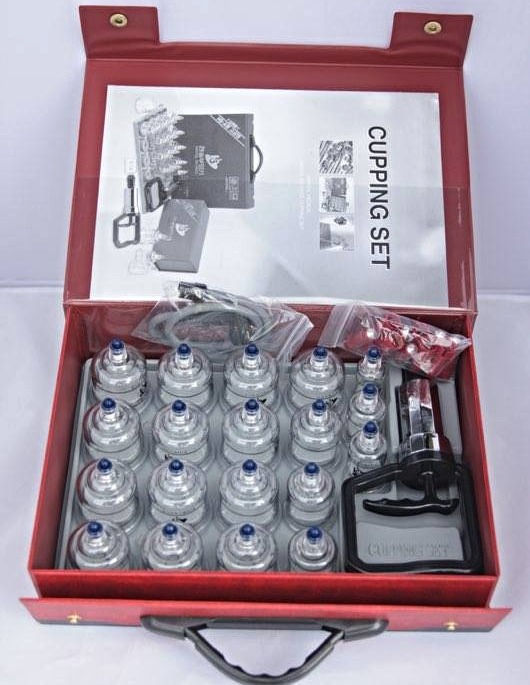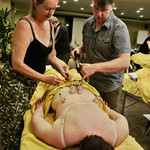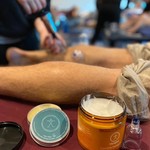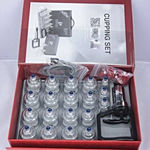Full Article is printed in the latest WHOLife Journal
Upcoming Courses in The Myofascial Cupping Technique™ are scheduled for Saskatoon and Edmonton.
International Lecturer in Manual Therapy, James Waslaski, describes David’s Myofascial Cupping Technique™ workshops as “the best cupping course by far… The Myofascial Cupping Technique™ takes Manual Therapy to a whole other level, in particular with soft tissue release and joint mobilization.”
Foundation Courses • Paul Buffel, Lead Instructor + Monty Churchman, May Instructor
· March 22 & 23 • Saskatoon • Axiom Career College
· May 8 & 9 • Edmonton • Varscona Hotel
· Presenting at the Canadian Massage Conference • Saskatoon September 12th - 14th
Who uses the Myofascial Cupping Technique™?
· Massage & Remedial therapists
· Myotherapists
· Podiatrists
· Physiotherapists
· Chiropractors
· Osteopaths
· Occupational Therapists
· Sport medicine professionals
Why should you attend?
· Learn to lift and separate soft tissue, rather than compress.
· Change from the "thumb busting" approach in treatment.
· Treat conditions more effectively incorporating negative pressure.
· Create change on a musculoskeletal and subtle level (dampens sympathetic division of autonomic nervous system).
· Produce painless results similar to deep tissue work.
· Offer clients an alternative to standard manual therapy treatments.
What the Cup?!
What is Myofascial Cupping and why is it becoming so popular now?
Eastern style cupping therapy has been used for thousands of years focusing on the meridian system, stationary cupping, and as in intended outcome of the therapeutic goal, marking where the cup is applied.
A recently developed form of cupping is becoming increasingly popular due to a growing body of research and discoveries about our fascial system and its central role in movement, pain, and the immune response. Myofascial cupping can be used on its’ own, or in conjunction with other therapies, to address many common conditions, injuries, and pain syndromes that many seek treatment for.
Cups may be “parked” for short durations of time, but are otherwise used in motion. Some treatments also use simultaneous movement by the client, providing profound changes in range of motion, tension reduction, and pain relief.
Physiotherapist Dr. Chris DaPrato of the University of California San Francisco Health, using functional MRI to show the positive effects of this type of cupping treatment, presented his research at the last International Fascia Research Congress in Montreal.
What is Fascia?
The Fascial Research Society (FRS) defines the fascial system as: “consisting of the three-dimensional continuum of soft, collagen containing, loose and dense fibrous connective tissues that permeate the body. The fascial system surrounds, interweaves between, and interpenetrates all organs, muscles, bones and nerve fibers, endowing the body with a functional structure, and providing an environment that enables all body systems to operate in an integrated manner.”
For Manual Therapists, the fascia is an essential part of the body that much of their work focuses on. One of the most effective and targeted methods Manual Therapists can now use to treat the fascia is myofascial cupping therapy.
The Myofascial Cupping Technique™
The Myofascial Cupping Technique™ is a specific training program developed by David Sheehan of Melbourne, Australia • Bachelor of Applied Science (Human Movement), Diploma of Health Science (Remedial Massage) and Diploma of Education.
David has been providing workshops in Canada for over 15 years. For the last year and a half, he has been training myself and Monty Churchman to be Lead Instructors for his Foundation Courses here in Canada. This will allow David to focus on delivering advanced cupping workshops and ultrasound assisted cupping demonstrations.
How is it different to other massage techniques?
Unlike massage techniques that use compression, The Myofascial Cupping Technique™ is unique in that it ‘lifts and separates’ soft tissue, using adjustable negative or tensional pressure within the cups increasing nutrient-rich blood supply to the tissue. Movement of the cups creates a traditional myofascial release (MFR) while giving a gentle passive stretch to the underlying soft tissue.
Cupping is thought to affect hyaluronan viscosity, the lubricant that reduces friction and facilitates movement between fascial layers, increasing mobility and reducing pain. By reducing fascial adhesions, while encouraging optimal hydration levels of soft tissue, The Myofascial Cupping Technique™ can assist in reducing the incidence of injury, maintaining functional soft tissue and reducing pain.
Marking the skin is not part of the desired treatment outcome, performed at a pressure level almost painless to the client.
The Myofascial Cupping Technique™ is a unique evidenced based treatment option for anyone looking for treatment of injuries, relief from pain, or as a preventative therapy. It is also a fabulous addition to the toolbox for Manual Therapists.
Benefits from The Myofascial Cupping Technique™
· maintaining Range of Motion
· eliminating Myofascial Trigger Points
· reducing general pain, headaches and back pain
· supporting healing within chronic conditions
· reducing fascial adhesions commonly found from scarring, surgeries or repetitive movement within sports and the workplace.
· relaxation and stress relief
Paul Buffel RMT, Thai Massage Practitioner & Educator
Paul works within a dynamic clinical practice at the multi-disciplinary Broadway Health Collective in Saskatoon, Saskatchewan. With over 29 years in practice Paul utilizes the Myofascial Cupping Technique™ within his treatments.
Paul is also engaged in matters of regulation through membership with the Council of Licensure, Enforcement and Regulation (CLEAR), completed the Executive Leadership course for Regulators, and sits on the Saskatchewan College of Massage Therapy Working Group.
Paul brings his experience as past Board Member and President of the Natural Health Practitioners of Canada (NHPC) and the fun of being a Board Member of Canada’s first Fat Bike Club, Fatlanders Fat Tire Brigade, to enrich his work within the profession, his teaching, and with clients.


